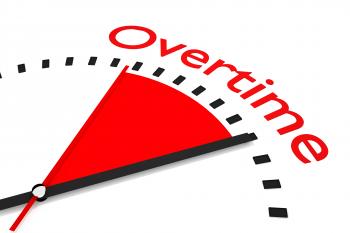Operation Managers and Human Resource Managers know that if your workload has seasonality, then you need a plan to deal with it. Maybe your strategy is to maximize gains or maybe its to minimize lost opportunities. Whatever your priority is, we can help you develop a staffing and scheduling strategy to achieve it.
The case study below is just one of the dozens of sites that we have worked with to help with their seasonality.
The situation:
- A distribution center with 350 employees
- Last year they ran 38 Saturdays
- Highly seasonal with 3 months having no weekend work
- Local unemployment is around 3%
- The workload is dictated by upstream sources outside of the distribution center’s control
- The lack of predictability coupled with few days off was resulting in high attrition
- High turnover and high training requirement resulted in a dramatic drop in productivity causing more overtime
What we did:
- Evaluated the “shape” of the workload; identifying where in time the work took place.
- Evaluated the cost of labor: straight time, overtime, temporary workers and part-time workers
- Involved the workforce through a series of surveys
- Educated the workforce about different schedule solutions to their current situation.
What we found:
- The workload that fell on Saturdays could be split between Saturdays and Sundays without penalty
- The workforce consisted of:
- Those that never wanted to work overtime
- Those that loved overtime
- Those that wanted a 12-hour schedule for more days off
What we implemented:
- 30% of the workforce went to a 7-day, 12-hour schedule
- The 12-hour schedule paid more and had 78 more annual days off
- The 12-hour schedule workers were guaranteed that their schedule weekends off would be off
- 70% of the workforce stayed on a 5-day schedule.
- The combination of schedules coupled with the staffing levels left enough weekend overtime for those that still wanted it while dramatically lowering overtime that was assigned to those that didn’t want it.
In the end, the people that wanted more predictability got it. Those that wanted more days off, got it. Those that wanted their weekends off, got it. Those that wanted a lot of overtime, got it.
Call Us and We Can Help you develop a staffing and scheduling strategy to accommodate your seasonality.
Call or text us today at (415) 858-8585 to discuss your operations and how we can help you solve your shift work problems. You can also complete our contact form and we will call you.







